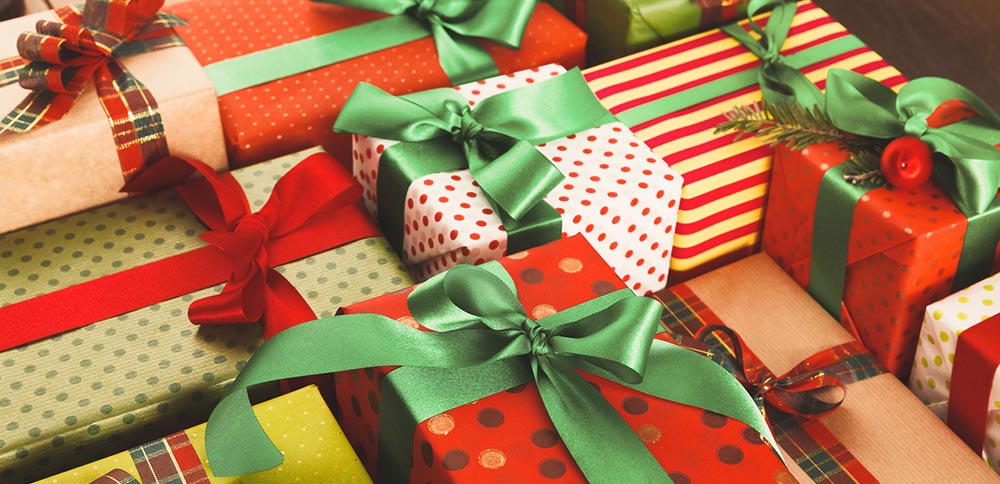Need a holiday fuckbuddy on your trip? We list the best holiday fuckbuddy sites to find casual encounters fast. Find platforms for discreet meetups, quick flings and more. And even if you’re just looking for a local fuck buddy for the holidays in your hometown, these sites offer you a quick and easy way to meet your next sex partner where ever you may be.
Top Hookup Sites for Your Holiday
Finding the perfect holiday fuckbuddy starts with the right platform. Here are the top hookup sites and apps for different needs and preferences for your holiday:
- Best for Discreet: Ashley Madison
- Best for Kinks and Fetishes: Adult Friend Finder
- Best for Quick Matches on the Go: Tinder
- Best for Women-Initiated Connections: Bumble
- Best for Anonymity and Spontaneity: FuckLocal.com
Ashley Madison – Best for Discreet
Price: Free for women, premium subscriptions available for men
Pros:
- Over 70 million users
- User anonymity and privacy
- Secure messaging and discreet billing
- Free for women
Cons:
- Primarily for married people
- Some users may find the discretion limiting
Ashley Madison is for discreet encounters, especially for married people. With over 70 million users, it has a huge pool of matches. User anonymity is the focus with secure messaging and discreet billing methods. Women are free to use the site, so a great option for women looking for no strings attached relationships through online dating.
Ashley Madison’s discretion may not be for everyone, especially those looking for more open encounters. But its privacy and huge user base make it perfect for confidential connections during the holidays.
Rating:
- Price: 4/5 (Free for women, premium for men)
- Privacy: 5/5
- User Experience: 4/5
- Overall: 4.5/5
Adult Friend Finder – Best for Kinks and Fetishes
Price: Free registration, premium account options available
Pros:
- Adult chat rooms and live sex cams
- Advanced search for kinks and fetishes
- Non-monogamous relationships and swinging
Cons:
- Fake profiles
- Interface can be overwhelming for new users
Adult Friend Finder is for kinks and fetishes. With adult chat rooms and live sex cams, it makes user interaction more fun and helps you get into your fantasies. Advanced search makes it easy to find matches based on your preferences, connect with like-minded people. Whether you’re into swinging, casual dating or non-monogamous relationships, adult dating sites like Adult Friend Finder has got you covered.
The site can be overwhelming for new users and has fake profiles. But the many options and customizable profile search by body type and endowment makes it perfect for exploring sexual boundaries on sex dating sites.
Rating:
- Price: 3.5/5 (Free registration, premium options)
- Features: 5/5
- User Experience: 3.5/5
- Overall: 4/5
Tinder – Best for Quick Matches on the Go
Price: Free with premium subscription options
Pros:
- 50 million+ members worldwide
- Messaging between matches unlimited
- Unique features like Super Like and profile boosts
Cons:
- Premium features are expensive
- Swipe mechanism can lead to superficial connections
Tinder is for quick matches on the go, thanks to the swipe right mechanism. With 50 million+ members worldwide, it’s a dynamic matching environment for travelers looking for casual encounters. Unlimited messaging between matches makes it easy to meet up. Premium features like Super Like and profile boosts makes you more visible, to find the perfect match on dating apps.
Premium features are expensive and swipe mechanism can lead to superficial connections, but Tinder’s huge user base and unique features makes it a top choice for holiday hookups.
Rating:
- Price: 3/5 (Free with premium options)
- Features: 4.5/5
- User Experience: 4/5
- Overall: 4/5
Bumble – Best for Women-Initiated Connections
Price: Free with premium subscription options
Pros:
- Women initiate conversations
- Profile verification
- Opening Moves to help you craft your first message
Cons:
- 24 hour message window is restrictive
- Only women and non-binary can initiate contact
Bumble gives women control, perfect for those who want to initiate casual encounters. The Opening Moves feature helps you craft your first message, makes initial interactions easier. Profile verification ensures authenticity, less fake profiles.
After matching, you have 24 hours to send the first message, it’s all about timely interactions. Although the 24 hour window can be restrictive and only women and non-binary can initiate contact, Bumble’s focus on meaningful interactions and user control is a breath of fresh air from traditional hookup apps, so it’s great for holiday fun.
Rating:
- Price: 4/5 (Free with premium options)
- Features: 4.5/5
- User Experience: 4/5
- Overall: 4.5/5
Fucklocal.com – Best for Anonymity and Spontaneity
Price: Free version with premium features available
Pros:
- Geolocation-based spontaneous hookups
- Temporary profiles that disappear after 1 hour
- Anonymous chatting without revealing personal details, to connect with local friends and arrange a one night stand.
Cons:
- Premium features require subscription
- Mostly straight cis men, limited diversity
Fuck Local is for anonymity and spontaneity in casual dates and casual sex hookups. It connects users via geolocation, perfect for spontaneous travel encounters. Temporary profiles disappear after 1 hour, more privacy and less long term exposure risk. Anonymous chatting means personal details are hidden until you decide to reveal them.
The free version has basic features, premium options require subscription which might be a con for some. The app is mostly for straight cis men, limited match diversity. But Pure’s focus on privacy and spontaneity makes it a great choice for holiday fun.
Rating:
- Price: 3.5/5 (Free version with premium options)
- Features: 4/5
- User Experience: 4/5
- Overall: 4/5
How to Choose the Best Holiday Fuckbuddy Site
Choose the right hookup site and make your holiday more awesome. Consider these:
- User Base: Look for sites with many users, means better service and more chances to find a match.
- Safety Features: Prioritize sites with strong privacy and safety measures to protect your personal info and safe environment. Meet matches in public places and take precautions especially when traveling alone.
- Ease of Use: A simple interface is important for browsing and messaging matches fast. Apps that categorize features and have filters for easy access is a big plus.
- Location-Based Features: Choose apps that have GPS filtering options, so you can find local hookups while traveling. Some sites also allow virtual location through VPNs, which can be useful for travelers.
- Communication Tools: Communication is key to successful hookups. Look for sites with good messaging features and ability to indicate travel duration and intentions in your profile.
Considering these will help you choose a hookup site that suits you and increase your chances of finding your holiday fuckbuddy.
How to Succeed on Hookup Sites
Succeed on hookup sites with these:
- Profile Optimization: Your profile is your first impression. Make it good by adding good photos and bio. Indicate travel dates and intentions to connect with locals who want to meet travelers.
- Use Advanced Features: Use premium features like Tinder’s ‘Explore’ tab to find matches based on interests and other apps’ unique features to increase your visibility and chances of connection.
- Try Unique Experiences: Consider language exchange dates or cultural activities to make your dating abroad more exciting. This will make the encounters more memorable and broaden your cultural experience.
- Safety First: Always prioritize safety when using hookup apps. Verify profiles, meet in public places, and tell someone about your plans. Choose apps with strict verification process to reduce fake profiles and have a safer experience.
- Choose the Right App: Choosing the right sex apps that suits your preferences and needs is important. Whether you’re looking for free apps or premium features, make sure they meet your expectations to increase your chances of finding hookups.
Follow these and you’ll have a good hookup site experience.
Conclusion
In summary, whether you’re looking for discreet encounters, explore kinks or spontaneous hookups, there’s a site for you. Ashley Madison, Adult Friend Finder, Tinder, Bumble and FuckLocal each have unique features that suits different needs and preferences so you can find the right match for your holiday adventures.
Choose the right platform, prioritize safety and optimize your profile and you’ll increase your chances of finding your holiday fuckbuddy. Go ahead and try these sites and make your holiday season more memorable!




